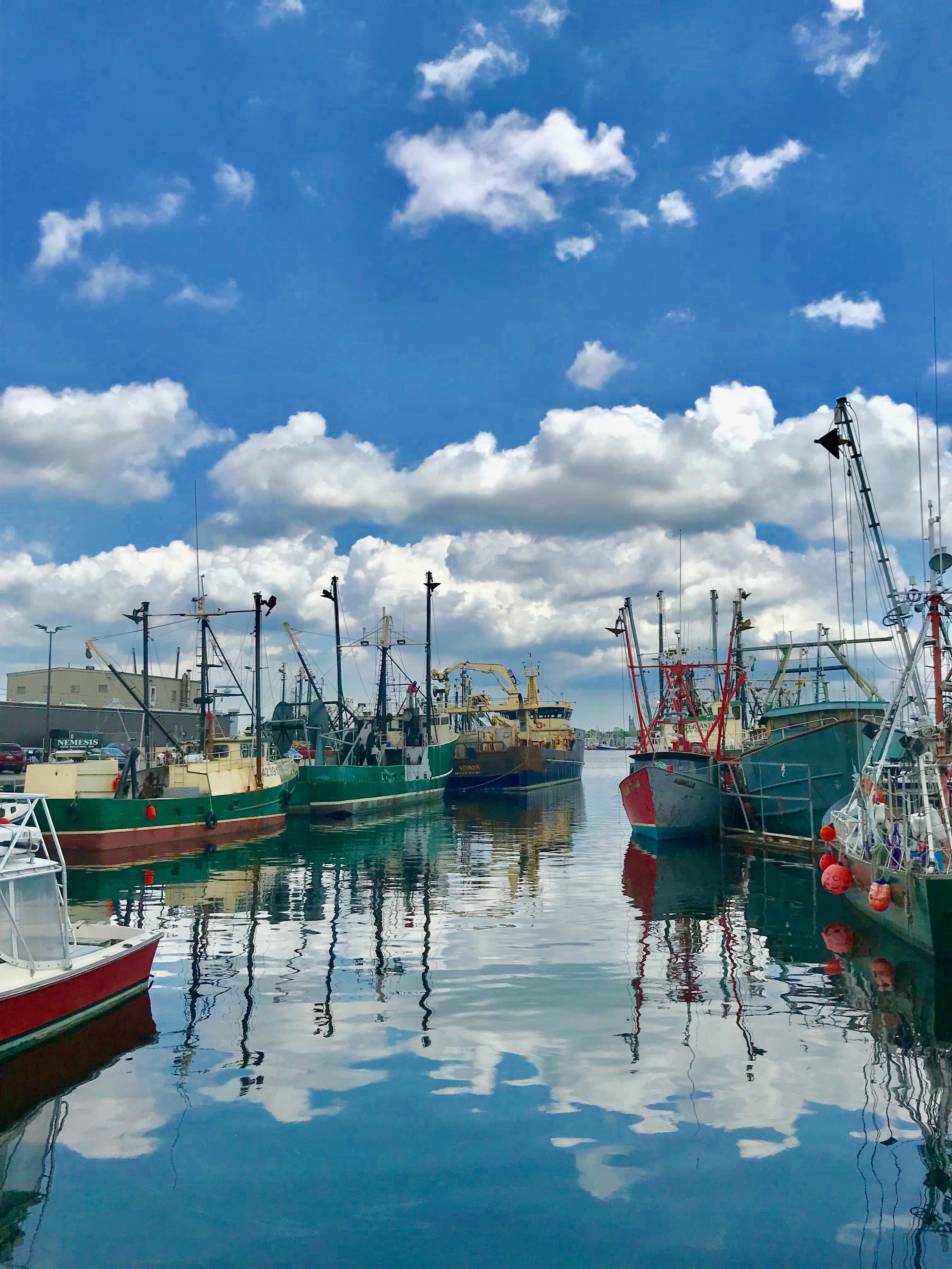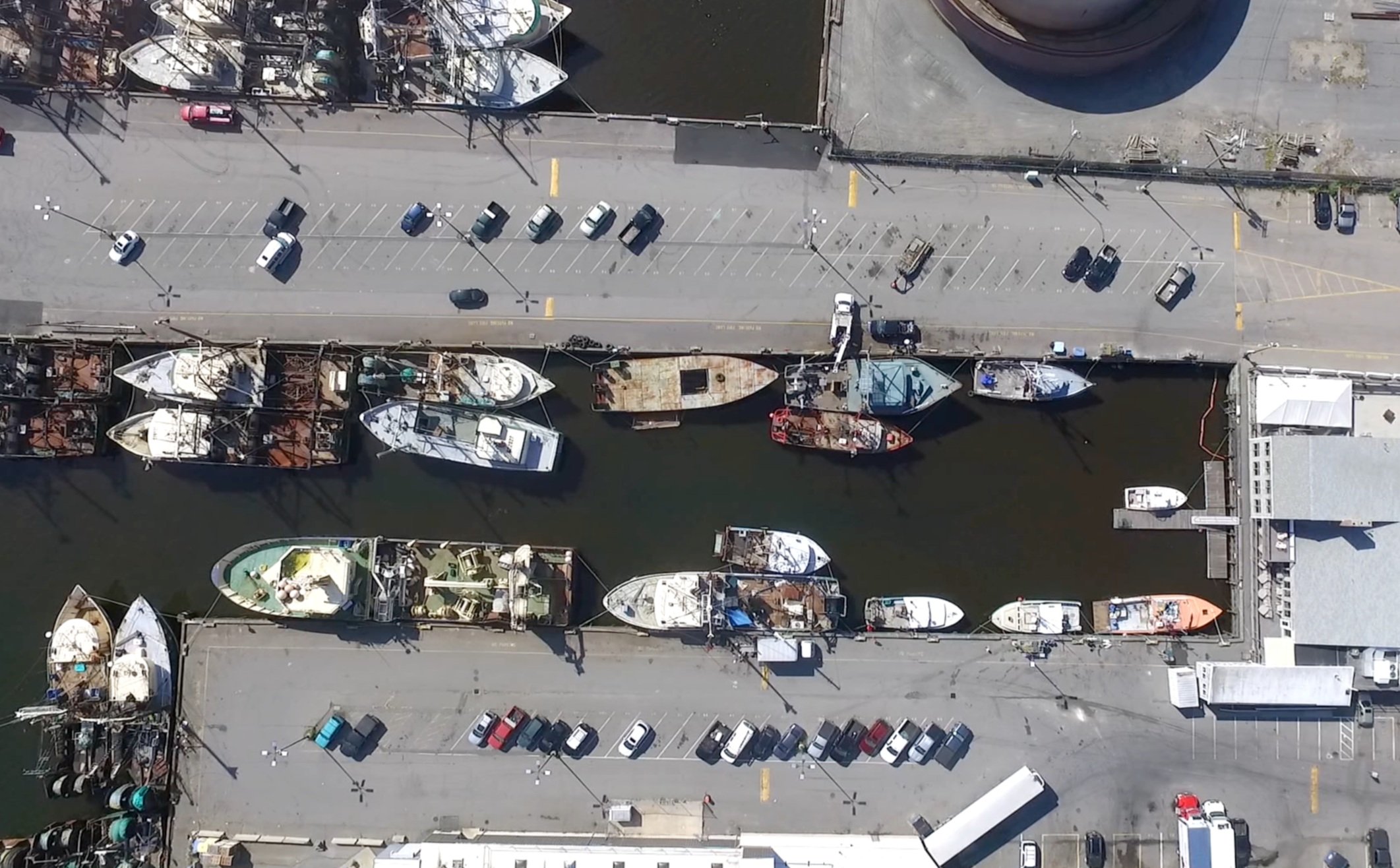
Our Story
Merrill’s on the Waterfront
Merrill’s on the Waterfront is a truly unique harbor-front restaurant that provides each of its guests a front row seat into the country’s most valuable fishing port.
Fresh, local seafood is a staple to Merrill’s dining and banquet menu and matches the atmosphere of the open harbor.
Merrill’s on the Waterfront was established in 2019 and celebrates the history of Captain Edward Merrill, who developed the original wharf in the space that Merrill’s resides today, now named Homer’s Wharf. Captain Edward Merrill was a local Ship Captain, Inventor, Developer, and Artist that was a major player in the New Bedford whaling and fishing industry in the 1800’s. You can read more about him below.
In addition to operating as a restaurant, Merrill’s on the Waterfront also operates as an event venue and can host a variety of events in our unique waterfront location.
Capt. Edward Merrill
Ship Captain, Inventor, Developer, & Artist
Edward Merrill was born in Durham, Maine in 1800 and his family moved to Portland when he was two years old. When Merrill was only eleven years old, he ran away to sea to become a Ships Master. After twenty-five years at sea, in 1825, Captain Merrill returned home to Maine to marry Mary Converse of Durham and together the two had six children.
After many successful voyages Captain Merrill chose to retire from the sea and relocate his family to New Bedford, MA where he became an inventor, developer, and manufacturer. His principal business was refining whale oil and manufacturing candles. At one point in time Merrill and several partners were contract to supply whale oil for lighthouses across the United States.
On March 28, 1838, Merrill was awarded U. S. Patent for his design for a “hydrostatic press.” This press was a new and improved mode of pressing oil. The advantages that his press possessed over any others was that it cost half the price to manufacture. This was because it constructed using significantly less iron than others and took up much less room.
Between 1841 and 1849 Merrill’s Wharf was constructed where we stand today. When constructed, Merrill’s Wharf was the longest in New Bedford’s port. The wharf was constructed to accommodate an expanding whaling fleet and outfitted hundreds of vessels for voyages and offloaded them upon return. The wharf provided a ship yard, pump-and block-maker, blacksmith shop, spar shop, paint shop and space to store 20,000 barrels of whale oil. Soon after the pier was completed, the three-and-a-half story Bourne Counting House was constructed at the head of the wharf. Merrill also built what was known as Coal Pocket Pier. These structures still stand today and are part of the Merrill’s Wharf Historic District.
Located across from the wharf stands the Waypoint Event Center which at one time was one of the most successful oil refinery and candle houses in New Bedford. Originally built for Captain Merrill, the Baker-Robinson oil refinery and candle house was a facility dedicated to refining whale oil and producing spermaceti candles and oil to fill lamps across the United States. While competition drove many companies out of the industry, the Baker-Robinson refinery continued to grow wildly until the decline of the whaling industry in the 1920’s.
Beyond Captain Merrill’s business interests, he was known as a wide and careful reader and he also enjoyed painting. Later in life Merrill purchased Nasahwena Island, one of the Elizabeth Islands lying southwest of New Bedford across Buzzard’s Bay. He was known to venture off to the island with friends where he would indulge his love of nature. When he died in 1884, his children inherited the island and sold it to the legendary Forbes family.


